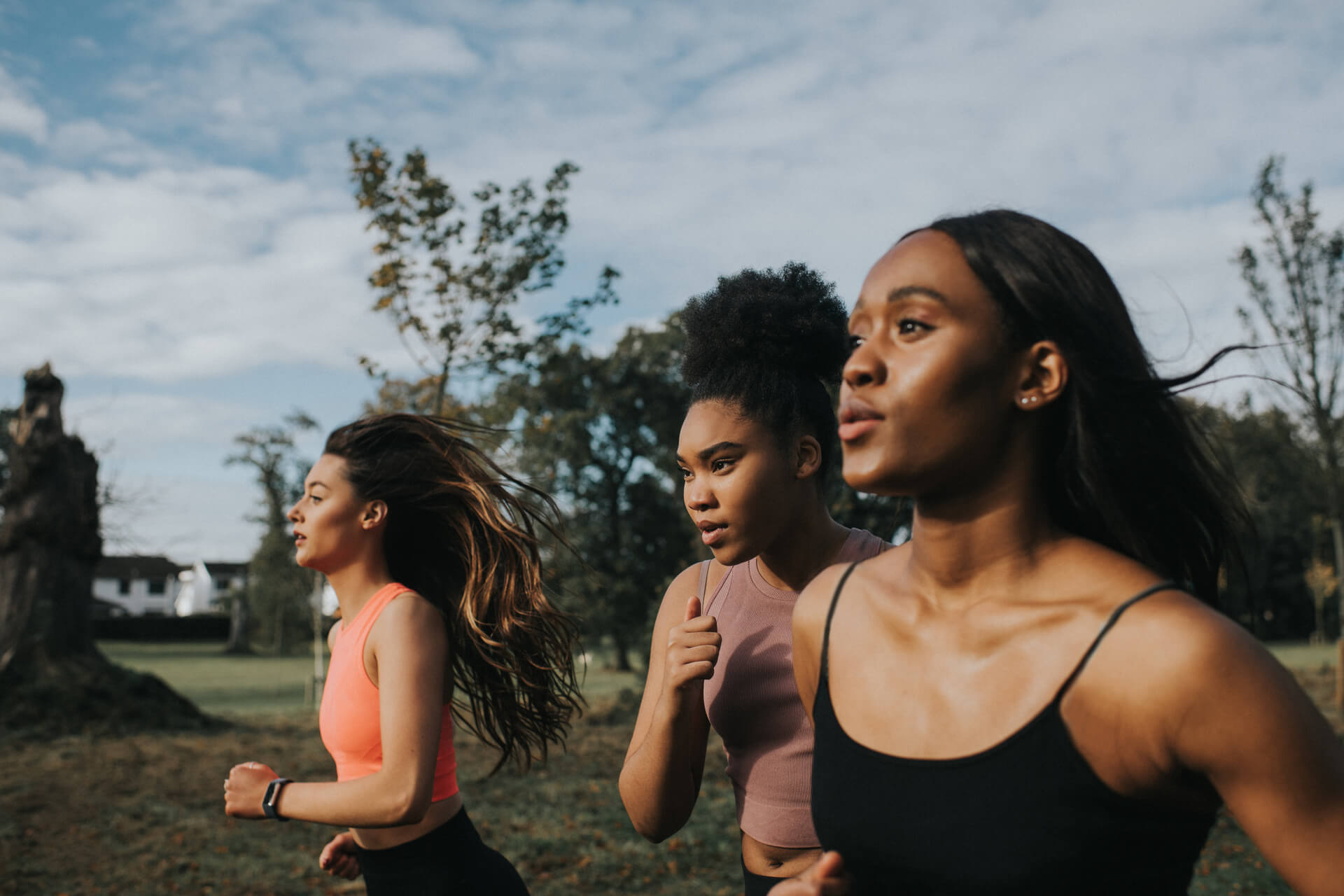With our volatile and ever-changing world climate, it’s imperative that we keep ourselves fit and healthy even at a time like this – something that we touched on in our previous post.
Ever since all of this started, so many people have scrambled to purchase gym equipment and some have managed to deck their backyards or garages with full gym equipment (JEALOUS!).
But if you’re like the rest of us who haven’t gone overboard, a few simple pieces of equipment like resistance bands, gym balls, make-shift weights like a filled-up school bag or a few bottles of water would more than suffice for now.
But what about swimmers? Much of the training involves actually being in the water.
So, what happens then when you can’t get into a pool to hone your swim technique and performance?
There would be many out there asking: how do I get stronger without lifting weights? How do I maintain my strength? Can I still prevent injuries? Does dryland training REALLY work?
There has been a lot of mention of training-specificity and while it’s mostly true and proven, there are still many things that you can do out of the water that will have an impact on your swimming performance.
Remember, doing something is better than not doing anything at all. Dryland swim training is meant to improve your performance all year-round.
But many swimmers aren’t fully aware of what can be done when it comes to improving their swim performance out of the water – making them feel a little like a fish out of water (no pun intended!).
Luckily, even with gyms closed, the good news is that there are a few key things you can focus on during your dryland training that will help you improve your overall fitness as well as your performance once you’re back in the water.
Swim-specific and foundational strength maintenance
The goal of a well-developed dryland program, or any strengthening program for that matter, is really to improve swimming performance and not just solely being about making you stronger.
Your strength training program should be somewhat swimming-specific, so that you achieve functional strength rather than just brute strength.
What this means is that swimmers should ideally focus on exercises that increase their pull in the water.
Circuits and routines that build lean muscle rather than bulk are also essential.
This might mean including both weight bearing and non-weight bearing exercises that focus on strength and power.
One other thing that sets swimmers apart from other athletes is the need for explosive power in the water.
Strength training should, therefore, include improving this. Fast swimming comes from powerful strokes and powerful strokes come from a strong core.
Our abdominals are not only responsible for flexing, extending and rotating our bodies, they are also responsible for keeping us stable and for bracing – giving us a stable base to produce force.
This makes it imperative that both dynamic and static abdominal exercises be included in any strength training program.
Injury prevention
Strength training is essential for everyone, including swimmers because muscle weakness is often a leading cause of injury.
One of the most common injuries for swimmers is what’s known as swimmer’s shoulder, touched on in another one of our previous posts.
This is a result of fatigue of the muscles that affect the shoulder girdle complex – namely the pectorals, upper back and rotator cuff muscles.
The repetitive and forceful nature of swim strokes create micro tears in the muscles over time.
Without proper recovery and repair, these tears often lead to muscle weakness and joint instability – resulting in shoulder pain.
So here are a few sample programs that you can use and modify to help maintain strength and prevent injuries.
You can either perform them using your own bodyweight in a circuit fashion or include resistance with water bottles, resistance bands or a bag.
Also, if you know of any other exercise variations, go ahead and substitute the ones here for them or if you’re feeling adventurous and want to push yourself a little bit, throw those in with the program below to give your program some oomph!
Now, since it’s almost impossible to tailor an exercise program that’s going to fit everyone’s location and equipment access, we’re going to make a few assumptions here:
- You’ve got some space to work with
- You’ve got minimal equipment such as a few resistance bands and/or water bottles and maybe a broom stick (if you have more, that’s great!)
- You’ve got a can-do attitude!
Happy Training everyone and hopefully you’re back in the pool soon!

